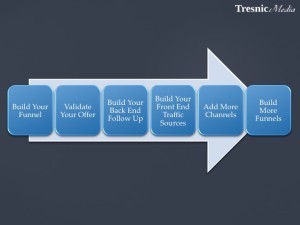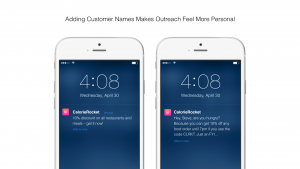
As the saying goes ‘you don’t get a second chance to make a first impression’, and this couldn’t be more true for your company’s website.
When a visitor lands on your page, you have only a brief moment to draw in their attention before they vanish, But how do you do that when you’re not there to personally deliver your elevator pitch? This is the job of the value proposition. Research has shown that many companies believe identifying and communicating their value proposition is one of their biggest challenges, and this is all too clear when you land on a website with inconsistent branding and an ill-defined marketing message. If we were able to offer only one piece of conversion advice, it would be to spend some quality time finely crafting your value proposition.
What Exactly is a Value Proposition?
In a nutshell, a value proposition is a promise of value to be delivered to the customer. It includes the benefits of your product or service, who they are for, and why they are different from what else is available in the market.
Let’s take a look at a prime example of a value proposition from Apple’s iTunes service:
‘iTunes is the best way to organize and enjoy the music, movies, and TV shows you already have — and shop for the ones you want to get. You can even tune in to free, on-demand music stations that have been totally revamped by our Apple Music experts. Enjoy all the entertainment iTunes has to offer on your Mac and PC.’
Strategically placed as the first thing your read when you land on the iTunes homepage, in just a few sentences the reader can build up a picture of the main benefits of using their service, why it is different from competing services, what problems it solves, and exactly who it is for. The description avoids any hype or jargon, and is written in language that can be easily understood by the target audience.
Identifying Your Value Proposition
Before crafting a value proposition, many fall short by failing to understand exactly what they are offering as a business. It can help to ask yourself the following questions:
- How am I different from my competition?
- What benefits (not features) does my product or service offer?
- What problem do I aim to help solve or address?
- Why should my ideal prospect choose me over a competitor?
When answering these questions, keep in mind prospects won’t go searching for an answer, if they don’t find what they are looking for they will just click back and choose a different website, so make it clear and instantly understandable—as if you were speaking with a friend who has a very brief attention span. This is a serious point though, speaking to the customer on their level, and in their terminology, is a great way to increase comprehension and positively influence your conversion rate.
Crafting a Value Proposition
The structure of headline, subheadline, short paragraph, and a photo, is popular for conveying value propositions for a reason—it provides the initial attention grabber to draw the reader in, a follow-up sentence with the main benefit you are offering, and a brief paragraph with further benefits, information, and a call to action.
Translate your answers from the previous section into this structure and then evaluate it by checking it against these questions:
- Is it clear what product or service you are offering?
- What is the end-benefit of using your product or service?
- Does it clearly state who the target customer is?
- Does it communicate why what you are offering is unique and different?
- As a reader, would you buy your product or service based on this alone?
Of course, crafting the perfect value proposition before gaining actual real-world feedback is pretty much impossible, so don’t be afraid to ask your audience for their insights into how you could make it a true asset to your business.
Digital & Social Articles on Business 2 Community(194)









